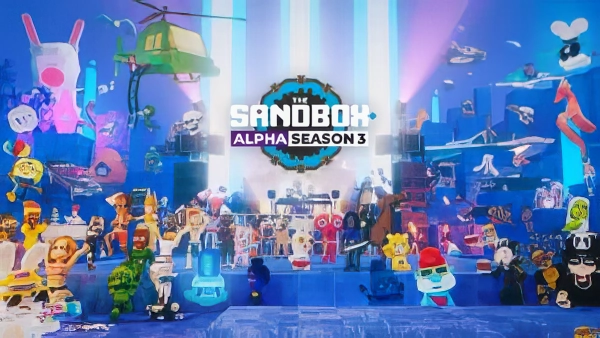The Future of Gaming: Metaverse, Web3 and Play-and-Earn Models
Today, I’d like to chat about some really intriguing developments in the gaming sphere, including the concepts of Metaverse, Web3, and play-and-earn schemes. I grasp that, at a first glance, these terms might seem a tad overwhelming, but there’s no need for concern, I’ll simplify these in a manner that’s digestible even to those who aren’t exactly tech wizards.
So, what’s the latest buzz in the gaming domain? It’s evolving, and doing so at a swift pace. The catalysts for this metamorphosis include leaps in technology and a shift in how we engage with games.
Let’s commence with the term Metaverse. Visualise a virtual realm where you can rub shoulders and interact with a vast array of other gamers online. It’s effectively a collective digital universe where the boundaries between the physical and virtual realms become hazy, furnishing a more engaging and lively gaming encounter. A sterling example of this notion is Legends of Elysium (LoE). It transcends being a customary game – it’s a fragment of the Metaverse where players can embark on fresh narratives and adventures, sculpt their own mini-worlds, and throw down the gauntlet to other gamers in battle, all within a digital setting. And all this whilst cosied up in your own dwelling.
The next term on the agenda is Web3, also labelled as the decentralised internet. In contrast with Web2, where applications are operationally dependent on centralised servers, Web3 facilitates the birth of decentralised applications (dApps). With dApps, which function across a network of computers, you wield increased autonomy and clarity over your in-game possessions.
LoE is a prime example of this as well. It’s crafted atop an Ethereum Virtual Machine (EVM) compatible blockchain, the preferred platform for conceiving these dApps. To inject even more exhilaration, LoE employs Non-Fungible Tokens (NFTs) to symbolise in-game assets. These are distinctive digital possessions that you, as the gamer, genuinely own and have the liberty to exchange. This idea injects a component of authentic-world worth into your gaming escapades.
This leads me to my next point – play-and-earn models. This is a contemporary business approach that melds the joy of gaming with the prospect of earning tangible-world currency. As you delve into the game and procure digital assets, you can exchange them for real money. Correct! You can generate income by engaging in online games. With LoE, this is taken a notch higher. You can legitimately possess your in-game items and swap them across different marketplaces, broadening your earning potential.
However, there are hurdles; let’s not sugarcoat them. Among the chief obstacles in contriving games like LoE are the dearth of resources and know-how. Developing a game that intertwines blockchain technology necessitates a profound grasp of both fields, not to sideline the gaming component. But the creators of LoE are fervent and resolute. They are capitalising on their prowess in both game creation and blockchain technology to deliver this unparalleled gaming experience.
In summation, the gaming industry is enduring a colossal shift with the introduction of the Metaverse, Web3, and play-and-earn models. The challenges are tangible, but the potential rewards are too alluring to overlook. It’s without a doubt an exhilarating epoch for gamers, game makers, and financiers alike. As technology marches on in its perpetual progression, I’m brimming with anticipation to witness how these trends mature and recalibrate the future of gaming. Bear in mind, in this perpetually evolving gaming universe, innovation and adaptation are imperative. So, ready yourselves to traverse these new frontiers in gaming!

